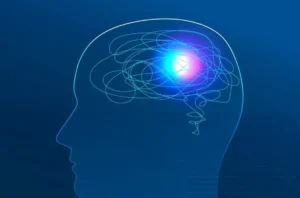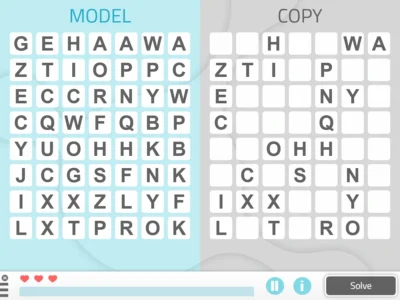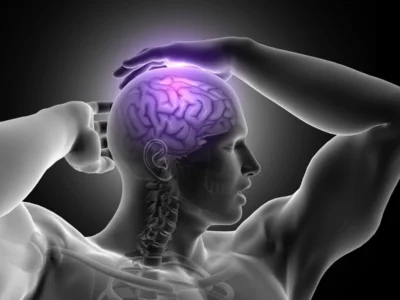Did you know that memory is not a single and indivisible system? From the Asociación Murciana de Neurociencia they explain the non-unitary concept of memory.
Memory
One of the basic cognitive abilities on which human adaptation to environmental demands is based is memory. In fact, this cognitive process is studied from many fields of knowledge, not only psychological ones.
Since the unitary concept of memory was discarded –which defined memory as a single and indivisible system–, more and more studies, encompassed in different disciplines and methodologies, explore the different mnemonic systems. These have been collected and classified, both in classical and current approaches, taking into account two main factors: the temporal course of memory, on the one hand, and the type of stored information, on the other.
According to its temporal course, it is believed that the formation of memory follows a progression from a brief and unstable form, which takes place immediately after learning, to a more stable and durable form, which takes place after a more or less long period of time since the acquisition of the information.
Between these two extremes a continuum is formed that houses different types of memory: sensory memory, short-term memory, working memory and long-term memory. These memory stores are encompassed within the “multi-store or multi-system” models of memory and differ from each other by the amount of information they allow and by the duration the information remains in them.
On the other hand, these types of memory are considered continuous processes that encompass specific stages.
Specific stages
- Acquisition: learning.
- Consolidation: memory.
- Retrieval.
- Re-consolidation: This is the most recent. Numerous neurobiological studies have supported its independence.
The distinction according to the material that the memory system encompasses has generally been based on the study of patients with specific brain lesions. Specifically, it was observed that patients with specific lesions had specific memory impairments.
For example, patient J.P. had difficulty improving performance on tasks that depended on the repetition and exposure of previously acquired skills, while other skills remained intact; continuing with the example of J.P., he was able to consciously recall a past event.
From this specificity of memory arose another classification of memory based on the content of the information which resulted in the split of long-term memory into two types: declarative or explicit memory and non-declarative or implicit memory.
Types of long-term memory
1. Declarative or explicit memory
Declarative memory is responsible for encoding information about biographical events and knowledge of specific events. In this sense, it involves an effort by the person to remember previously occurred information, also called intentional recall.
Generally, its recall is usually motivated by some cue that was present at the time of encoding the information and that facilitates retrieval.
Systems of declarative memory
The three systems encompassed within declarative memory are:
- semantic memory,
- the episodic memory,
- the recognition memory, a special type of memory that will be the subject of this thesis.
2. Declarative or implicit memory
On the other hand, implicit memory involves perceptual, motor and cognitive skills or abilities that have already been acquired and that can only be retrieved through action, being impossible to “declare” verbally. In this case, recall is quantified differently; specifically, it is stated that implicit learning occurred if there is an increase in performance on certain tasks.
Therefore, this type of memory is observed when there are changes in behavior due to prior learning of which the person is not aware.
Examples of declarative or implicit memory
Some examples of implicit memory are:
- Classical conditioning,
- priming mechanisms,
- procedural memory.
Conclusion
Overall, it is concluded that memory is not a single indivisible system, but rather is made up of different functional systems that differ in their temporal course, in the content of the information stored and, furthermore, in the neural bases that support them.
Bibliography
- Carretié, L. (2016). Anatomy of the Mind (2nd ed.). Madrid, Spain: Pirámide.
- Phelps, E. A. (2004). Human emotion and memory: interactions of the amygdala and hippocampal complex. Current opinion in neurobiology, 14(2), 198-202.
- Rugg, M. D., Mark, R. E., Walla, P., Schloerscheidt, A. M., Birch, C. S. and Allan, K. (1998). Dissociation of the neural correlates of implicit and explicit memory. Nature, 392(6676), 595-598.
- Squire, L. R. (1992). Memory and the hippocampus: a synthesis from findings with rats, monkeys, and humans. Psychological review, 99(2), 195.
- Tobias, B. A., Kihlstrom, J. F. and Schacter, D. L. (1992). Emotion and implicit memory. The handbook of emotion and memory: Research and theory, 1, 67-92.
If you liked this article about the non-unitary concept of memory, memory and its systems, you might also be interested in the following articles:
“This article has been translated. Link to the original article in Spanish:”
La memoria y sus sistemas: un concepto no unitario







 Sustained Attention Rehabilitation
Sustained Attention Rehabilitation
Leave a Reply